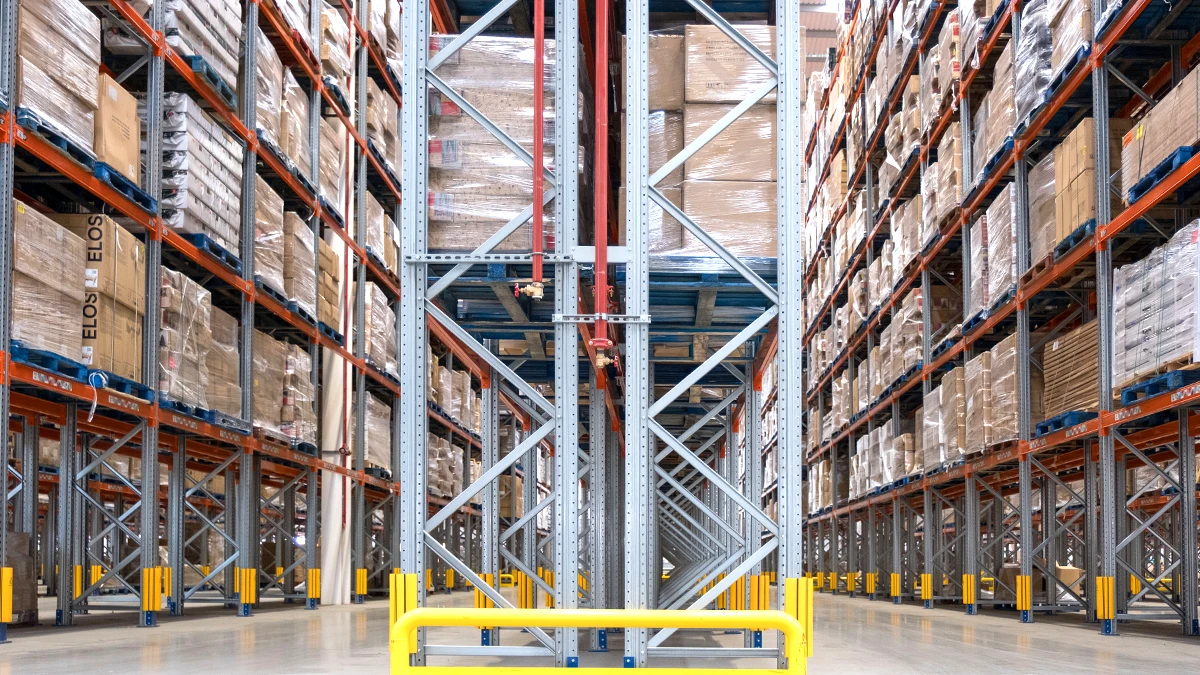
Warehouses and Logistics Hubs
Warehouse and logistics hub monitoring with vibration sensors and structural assessment nationwide.
- Vibration Monitoring
- Strain Monitoring
- Tilt Monitoring
Request a sector consultation
Align your thresholds, instrumentation, and reporting with our PE-led team. We respond within one business day with tailored deployment options.
Warehouse and logistics hub operators face unique structural challenges from heavy equipment operations, automated material handling systems, and varying load distributions across vast floor plates. Modern facilities often exceed 1 million square feet with racking systems reaching 40 feet high, creating complex stress patterns that traditional inspections cannot adequately monitor. Foundation settlement from heavy forklift traffic, roof membrane integrity under snow loads, and seismic activity in earthquake-prone regions demand continuous oversight. Vibration from conveyor systems and automated guided vehicles can compromise structural integrity over time. Our nationwide deployment covers distribution centers, fulfillment hubs, and cold storage facilities across all climate zones, from coastal humidity to mountain snow loads. Owners prioritize preventing downtime that can cost thousands per hour while ensuring worker safety under OSHA standards. Real-time monitoring provides the data needed to schedule maintenance during off-peak hours and extend facility lifespans beyond typical 30-year expectations.
Popular Services in This Sector
Vibration Monitoring
Heavy equipment and conveyor operations create constant vibrations that can loosen structural connections and damage foundations over time. Continuous monitoring identifies vibration patterns that exceed safe thresholds for warehouse operations.
Strain Monitoring
High-density racking systems experience dynamic loading from automated storage and retrieval machines. Strain gauges track stress concentrations at connection points to prevent rack failures that could halt logistics operations.
Tilt Monitoring
Foundation settlement from heavy loads and soil consolidation affects vast floor areas in logistics facilities. Tilt sensors detect uneven settling that could impact automated equipment precision and safety.
Corrosion Monitoring
Humidity and chemical exposure in some logistics environments accelerate metal corrosion. Sensors track corrosion rates on structural steel to schedule protective maintenance before failures occur.
Roof Monitoring
Large roof areas over logistics hubs face snow loads, wind uplift, and thermal expansion stresses. Monitoring systems track deflection and membrane integrity to prevent water intrusion.
Foundation Settlement Monitoring
Heavy concentrated loads from pallet racking and equipment traffic cause localized foundation movement. Settlement monitoring provides data for proactive foundation reinforcement in high-traffic areas.
Frequently Asked Questions
How does structural monitoring help prevent warehouse downtime?
Structural monitoring systems detect issues before they cause operational disruptions. Sensors placed on racking systems and foundations provide real-time data that allows scheduling maintenance during off-hours, preventing unexpected shutdowns that cost logistics operators thousands per hour nationwide.
What makes logistics hub monitoring different from building monitoring?
Logistics facilities have unique challenges from heavy equipment vibrations, dynamic racking loads, and vast open spaces. Our nationwide monitoring deployments account for these industrial patterns, focusing on equipment interaction points rather than typical office building concerns.
How do you monitor large warehouse complexes across multiple buildings?
We deploy wireless sensor networks that cover entire logistics campuses. Data aggregates from multiple buildings into centralized dashboards, allowing operators to monitor structural health across nationwide distribution networks from single command centers.
What role does monitoring play in warehouse safety compliance?
Structural monitoring supports OSHA compliance by tracking racking system integrity and foundation stability. Real-time alerts prevent unsafe conditions from developing, protecting workers and ensuring logistics operations meet national safety standards across our deployments.
Example of Our Capabilities
Sector Type
Warehouses and Logistics Hubs
Situation
Large distribution center owner needs to monitor aging racking systems serving automated fulfillment operations
Our Approach
Install wireless strain gauges on racking frames, deploy vibration sensors at equipment interaction points, establish baseline measurements, configure threshold alerts
Expected Outcome
Real-time dashboard showing racking stress levels and automated notifications when maintenance thresholds are exceeded
